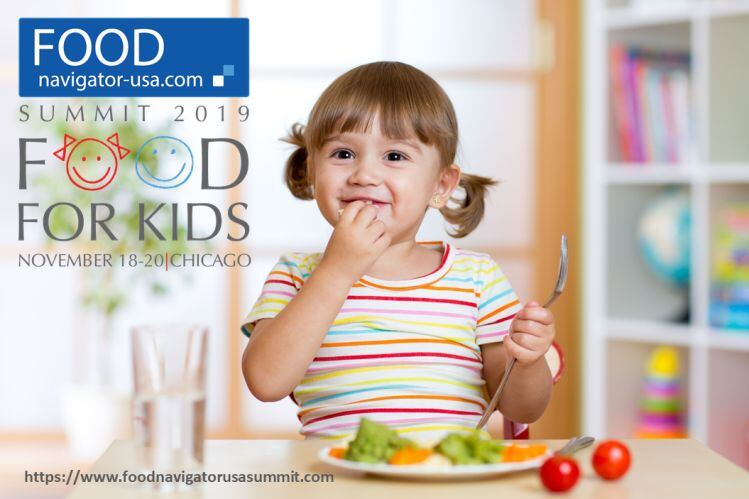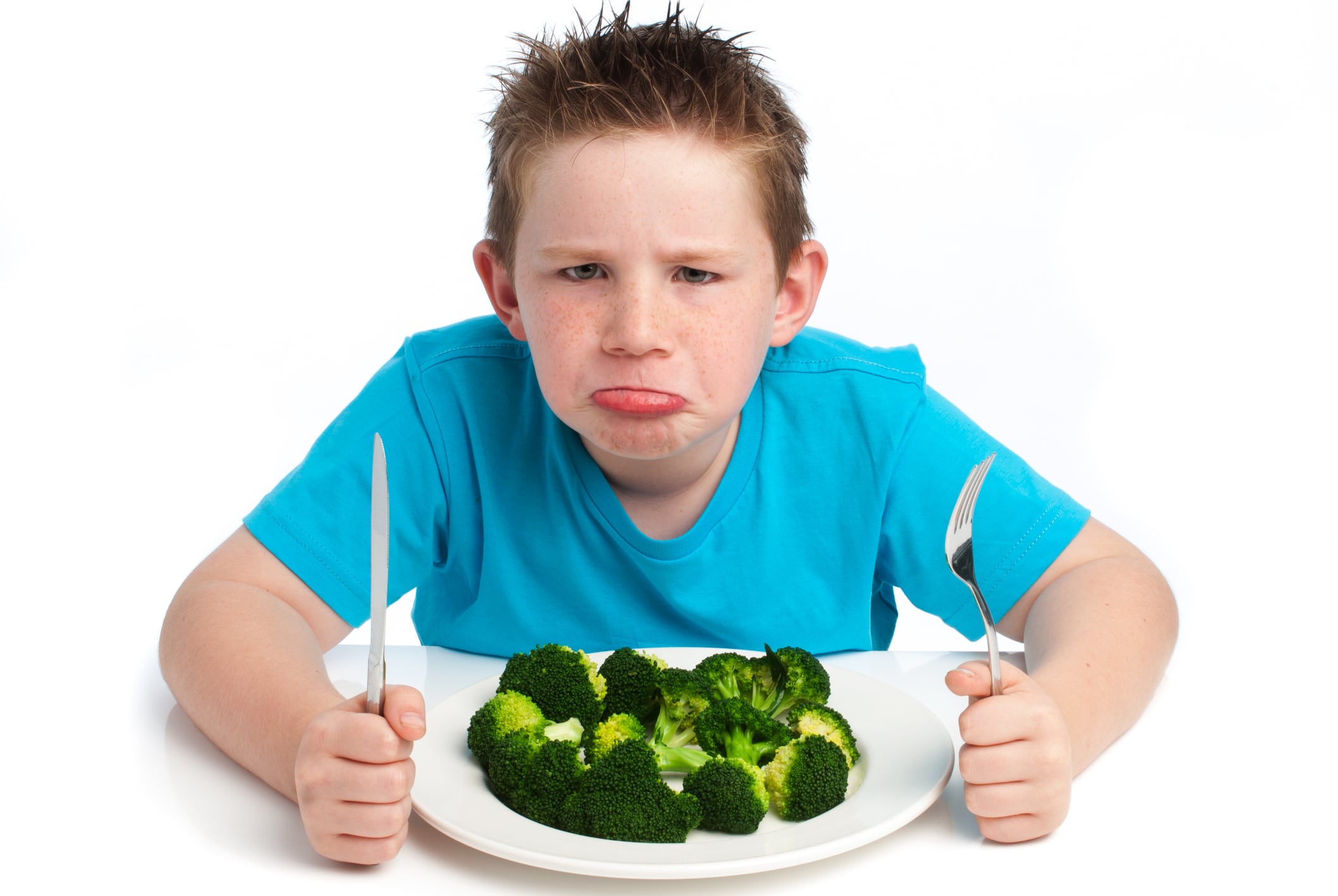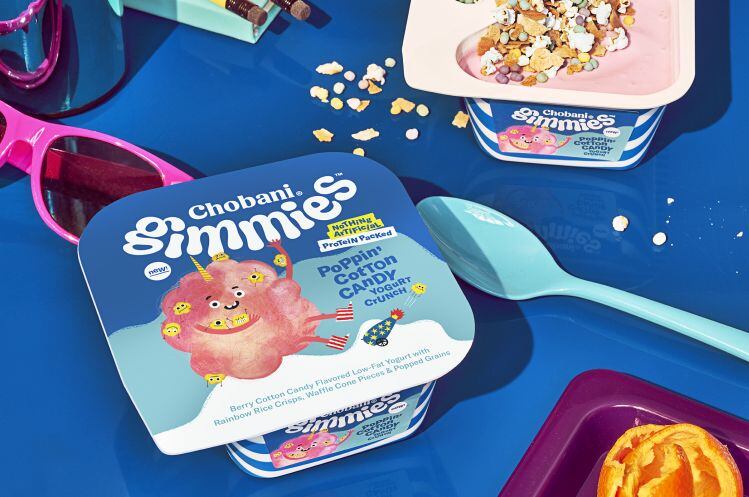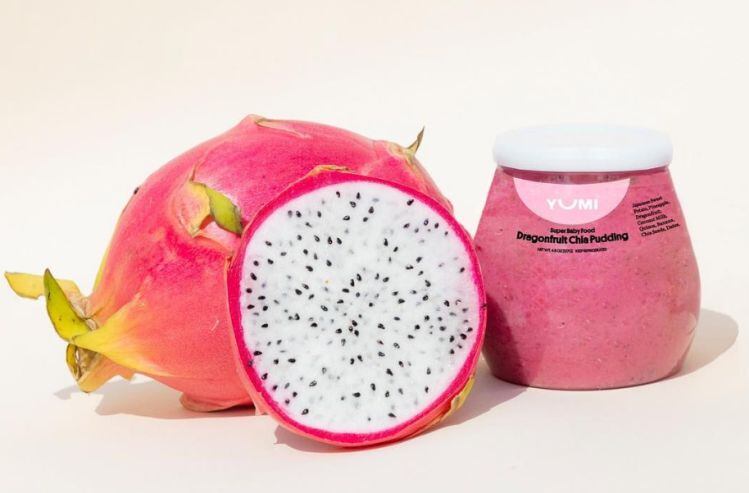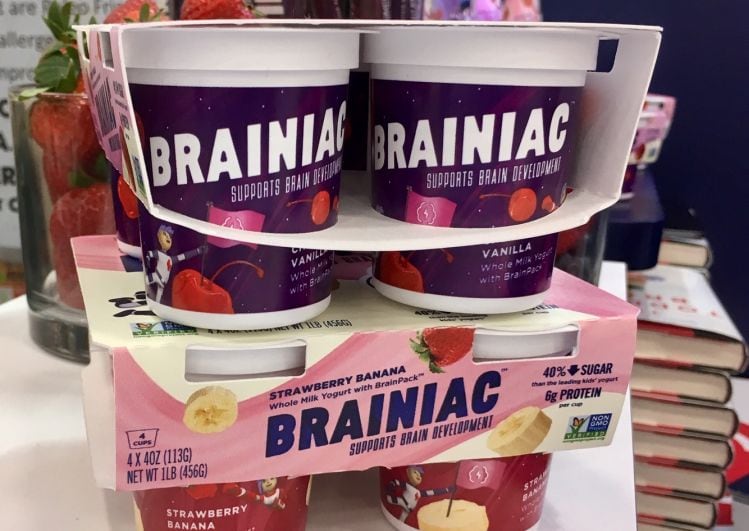For a start, said Keren Novack, VP sensory and consumer insights at Deerfield, IL-based consumer insights and product testing specialist Curion, CPG companies need to develop products that parents will like as much as their kids, even if they are not the target consumer.
“A lot of products we test that are geared towards children are also tested with parents, because very rarely does a parent give something to a young child that they have not first tested themselves," she told FoodNavigator-USA.
“As far as the taste goes, how the children rate it matters the most, but you want to make sure that the product is not rejected by the parents.”
If parents and very young children consistently prefer product A over product B, meanwhile, the more detailed answers that the adults are able to provide on specific product attributes might help clients unpack what is determining liking among the kids, which three-year olds may not be able to articulate if you ask them, she said.
Children can be much more adventurous than we give them credit for
So what about flavor preferences? Are kids as conservative as we think? It’s hard to say because packaged food companies – unlike parents trying to get their kids to eat veggies at home – want to make products that kids will embrace immediately, not something that they might like after repeated exposure, which can encourage an inherent conservatism, said Novack.
Put another way, if we only expose kids to a limited number of flavors, they will inevitably have a less adventurous palate, she speculated.
“Children can be much more adventurous than we give them credit for. What I’ve found from personal experience is that if you just put broccoli or whatever the new food is on the plate every meal, then after a while they might eat it.
“But if you’re buying a snack for your child’s lunchbox, you are often scared if kids don’t like something straightaway as you don’t want to waste time and money and you want them to eat, so you can tend to stick to the more familiar products.
“It’s also why products have a lot of sugar added because it increases the likelihood that the children will like them straightaway. But you wonder if that is because we’ve just exposed them to so much sugar.”
Do kids like food with ‘bits’?
The same might also apply to texture, she postulated. If you give babies “mushy” pureed foods for any length of time, could this make them more suspicious of different textures?
“With the baby led weaning movement, where you're encouraged to expose them to pieces of food off your plate earlier, I have to think that the exposure to those different textures might impact what they end up liking later.”
She added: “One thing I also warn my clients is that if you just take one or two bites of something in a testing booth, you can often prefer a product with more sugar or a stronger flavor, but if you were to take the product home and eat the entire box, the flavor build and development can be very different, so you have to factor that in. The sweeter products often win out in early testing, but I think we are seeing a shift now.”
Blind taste testing
While packaged food is not consumed ‘blind’ (it always comes in a package with branding and messaging which can have a huge impact on how its contents are perceived), there is still value in blind testing at the product development phase, said Novack.
“We always say that marketing will do all the work to get people to buy a product the first time, but that our our job [for Curion’s CPG clients] is to get people to buy the product a second time. So when you’re considering different prototypes or you want to know how your product stacks up against the competition, blind testing is very important.”
If your product performs better in blind taste tests than a rival brand with stronger sales, for example, you might need to look again at your packaging or marketing.
One interesting phenomenon, said Novack, is that the market leading product is not always the most liked product in blind taste tests with adults, whereas with kids, that is more likely to be the case.
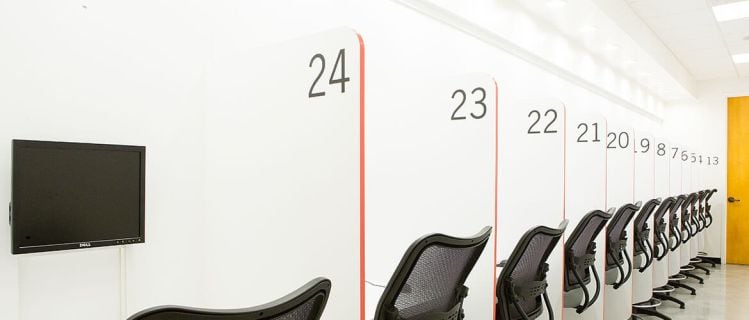
The logistics of product testing with children
When it comes to designing tests, “obviously what a six-year-old can handle is very different from what an 18-year old can handle, so with adults we’ll use a nine point hedonic scale, whereas for younger kids we may use a three-point scale for liking but also for things like flavors, colors, and textures,” she said.
“Was the flavor too strong, too weak, or just about right?
“One thing we’ve also noticed is that adults tend to have what we call 'end scale avoidance' and are almost afraid to mark the very highest point, whereas if a kid likes something they will often give it the highest mark. But that can make it hard to compare two products they like."
So what about babies and toddlers?
“We’ve actually done tests with children that are just a year old, and when you’re talking about a child that young, they are obviously not filling in a questionnaire on a computer," joked Novack. "Rather the parents are looking for cues from their children as to whether they like something or not. However, at that age it’s quite simply will they eat it, but you can also see which ones they choose from a selection of products.
“For particularly young children you can have an interviewer read some questions and the older children get the more complex you can make the scale. If I have a 12 or 13 year old in sitting a testing booth however, I’d consider putting them on the similar scales to the adults.”
Can you train your kids to love broccoli?

Find out at FoodNavigator-USA’s FOOD FOR KIDS summit in Chicago November 18-20, where delegates can hear from Dr Catherine Forestell, associate professor, at the department of psychological sciences at William & Mary, who will explore when and how children’s flavor preferences are developed, why children prefer or dislike certain foods, and whether we can shift these hardwired preferences through early sensory experience.
You can also learn more about product testing with Curion and others in our new panel session: Yuck or Yum: Product testing with kids.
Get full details about the summit HERE.
